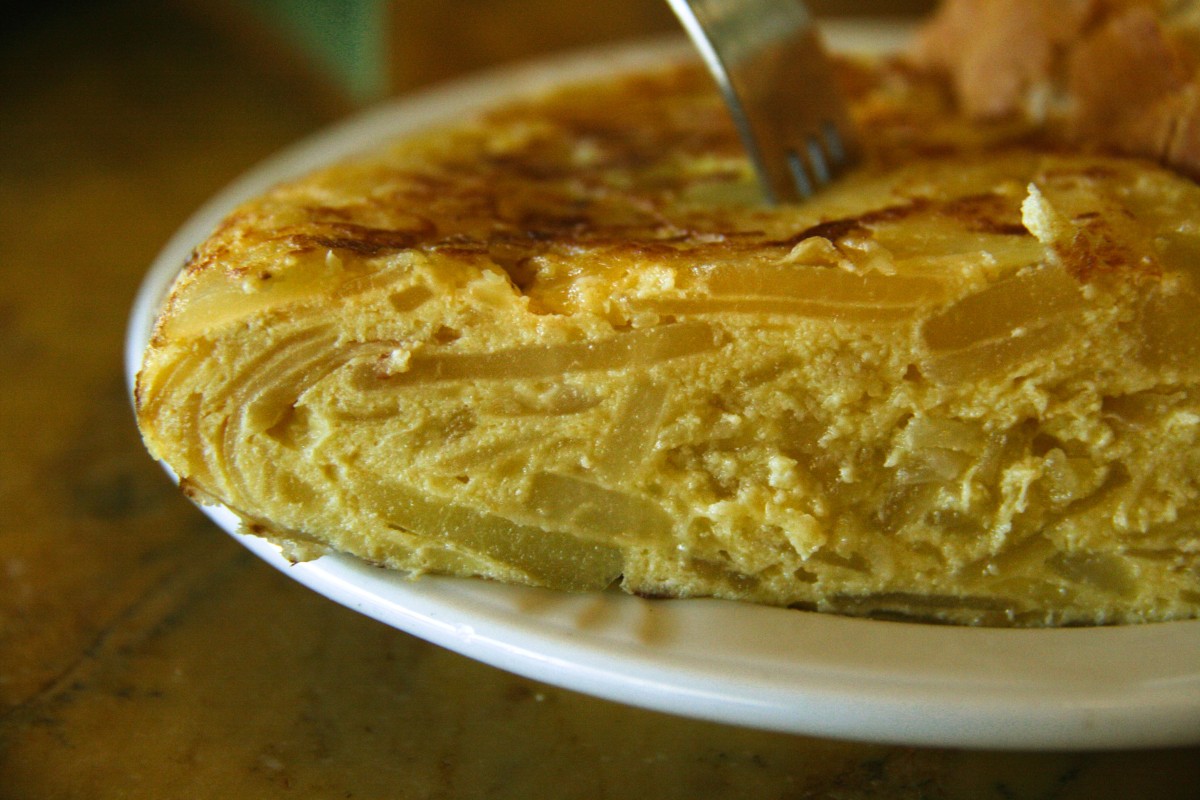
Spanish cuisine has grown considerably more popular in recent years, becoming one of the most important in the world, thanks to innovative geniuses such as Ferran Adrià and the Roca brothers. However, typical Spanish food consists of recipes that date back hundreds of years, based on the use of fresh, local and seasonal products.
Each region of Spain has its own star dishes and unique flavours, so don't hesitate to try every speciality this country has to offer. To make things a little easier for you, today we discover the most typical dishes of Spanish cuisine:
1. Paella
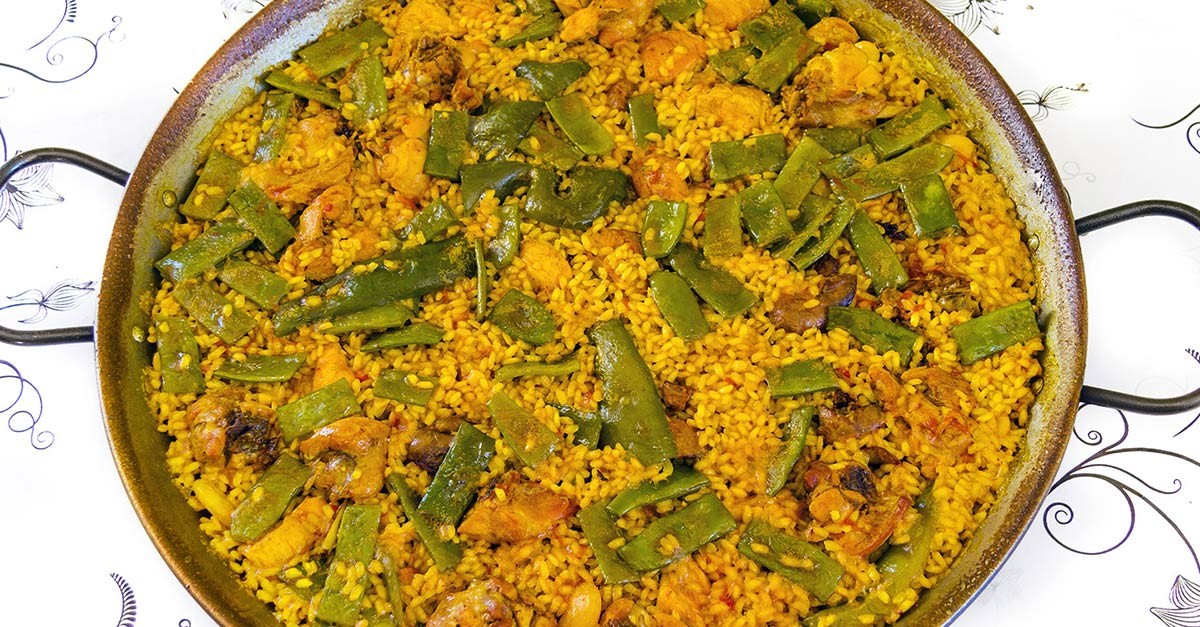
Paella is perhaps the most famous Spanish dish, with endless varieties and versions being created over the years. This rice stew originates from the Valencian Community, where it is traditionally prepared with rabbit meat, chicken and sometimes even snails. It is cooked on hot coals in a special kind of frying pan called a paellera, and if done right forms the tastiest part of the paella – the socarrat, toasted and crunchy rice that is burnt in the edges of the paellera.
2. Cocido madrileño
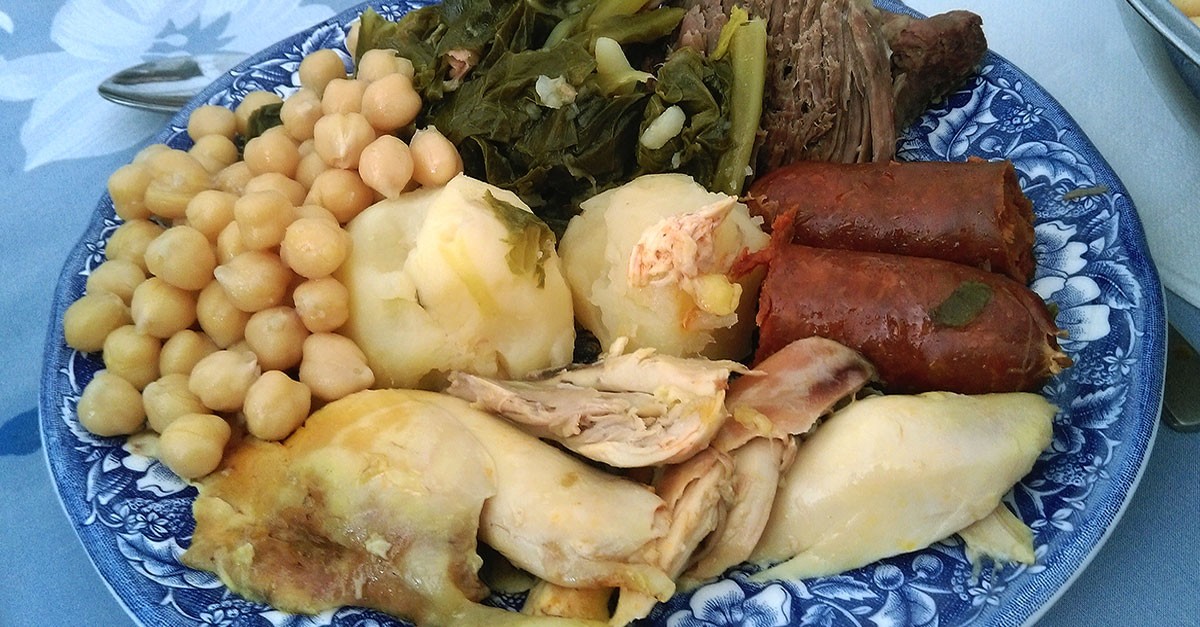
The dish typical of the capital of Spain, Madrid, was originally consumed by the working class to make the cold winters of the interior of the country a bit more bearable. This so-called ‘Madrilenian stew’ often contains chickpeas, winter vegetables, pork, bacon and sausages. The traditional and correct way to serve this stew is first to drink the soupy broth as a starter, and then the strained ingredients as the main course.
3. Fabada asturiana
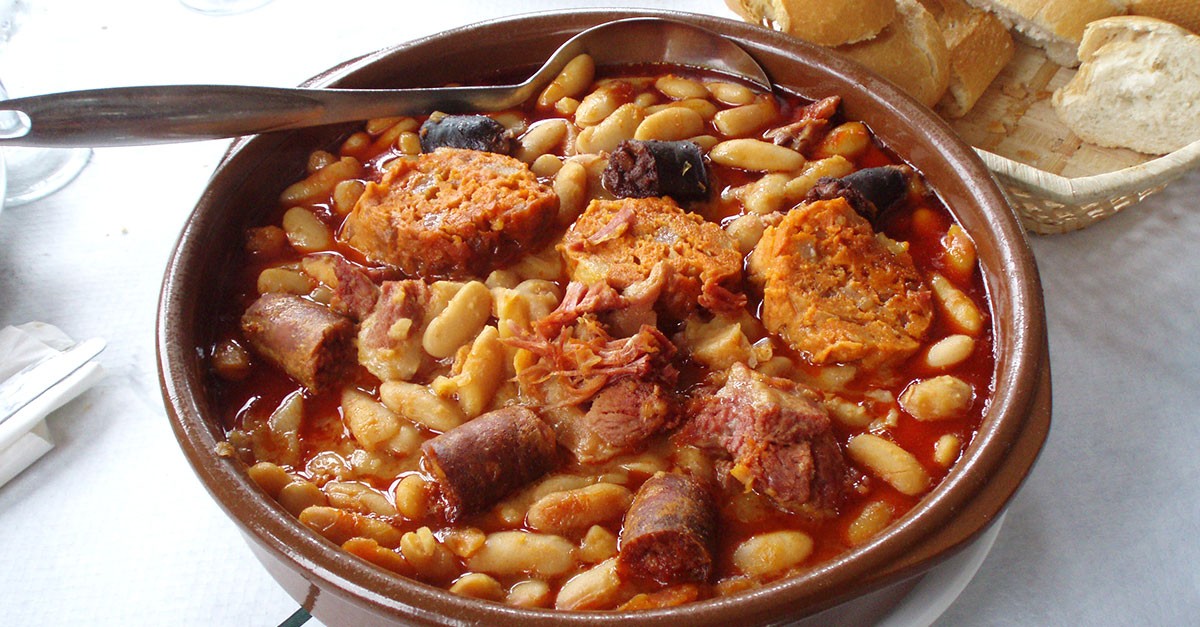
As its name suggests, this dish was born in Asturias, a region in the north of Spain. It’s a stew somewhat similar to the cocido, but the main ingredient of is fabas, a type of white bean that is cooked for many hours along with other ingredients such as pork, bacon, chorizo and morcilla black pudding, obtaining an exquisite hearty red stew that is perfect for long and cold days.
4. Gazpacho and Salmorejo
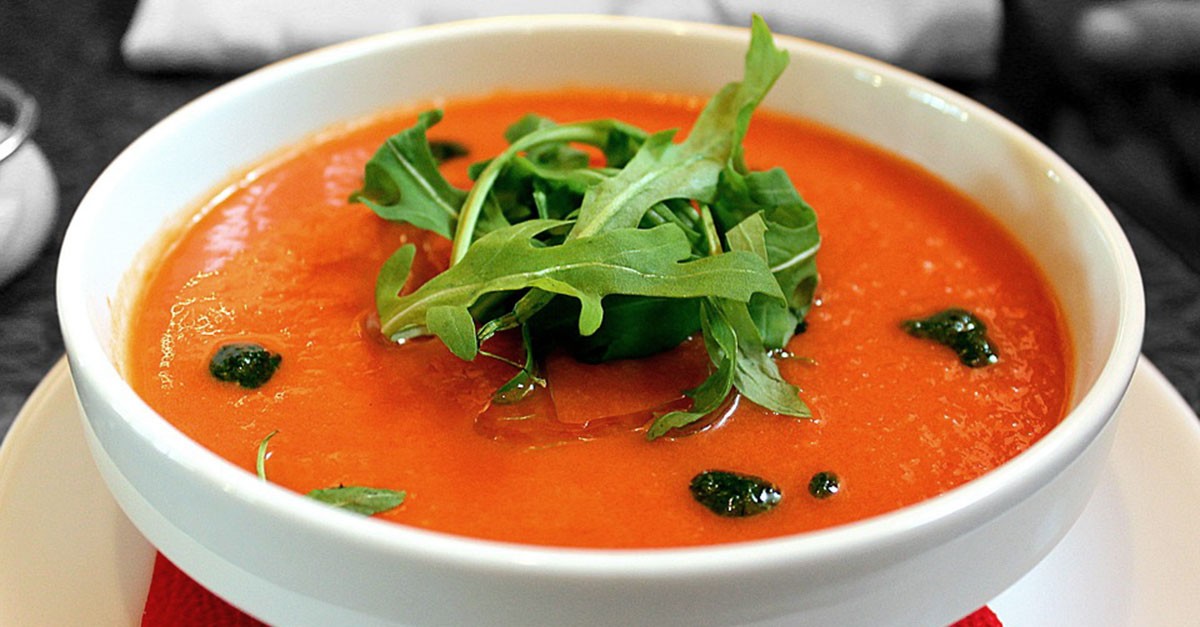
Far from the cold winters of the north, these two cold soups made with raw vegetables were born in the hot summers of Andalusia. The best-known gazpacho is made with tomatoes, cucumbers, peppers, onions and vinegar. Salmorejo, typical of Cordoba, is thicker and is made with garlic, tomatoes, olive oil and breadcrumbs, and it’s common to find it topped with diced ham, hard-boiled egg and toasted bread croutons.
5. Spanish omelette
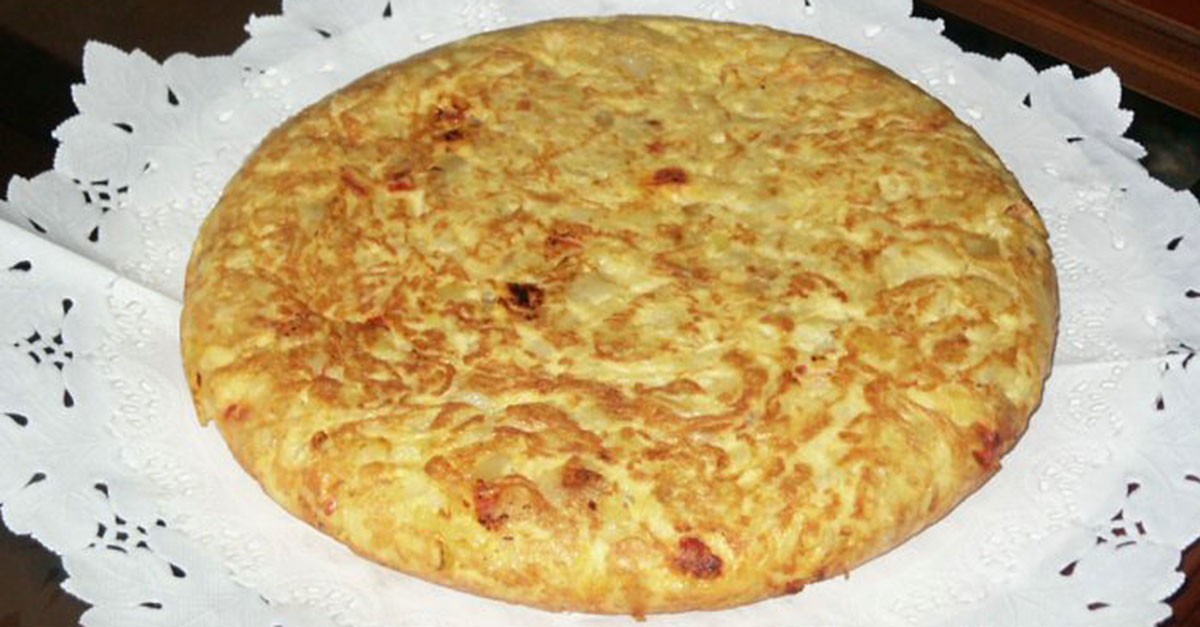
The queen of Spanish cuisine is surely the tortilla de patatas, consumed everywhere in the country and adapted to all tastes. The perfect example of the simplicity and exquisiteness of Spanish cooking, it simply consists of frying potatoes, mixing them with beaten egg and cooking the mixture together until the egg sets. The final texture can be more or less runny according to consumer preferences. The potato omelette is the most common one, either with fried onion or without, but there are also versions with chorizo, courgette or any number of ingredients.
6. Pulpo a Feira
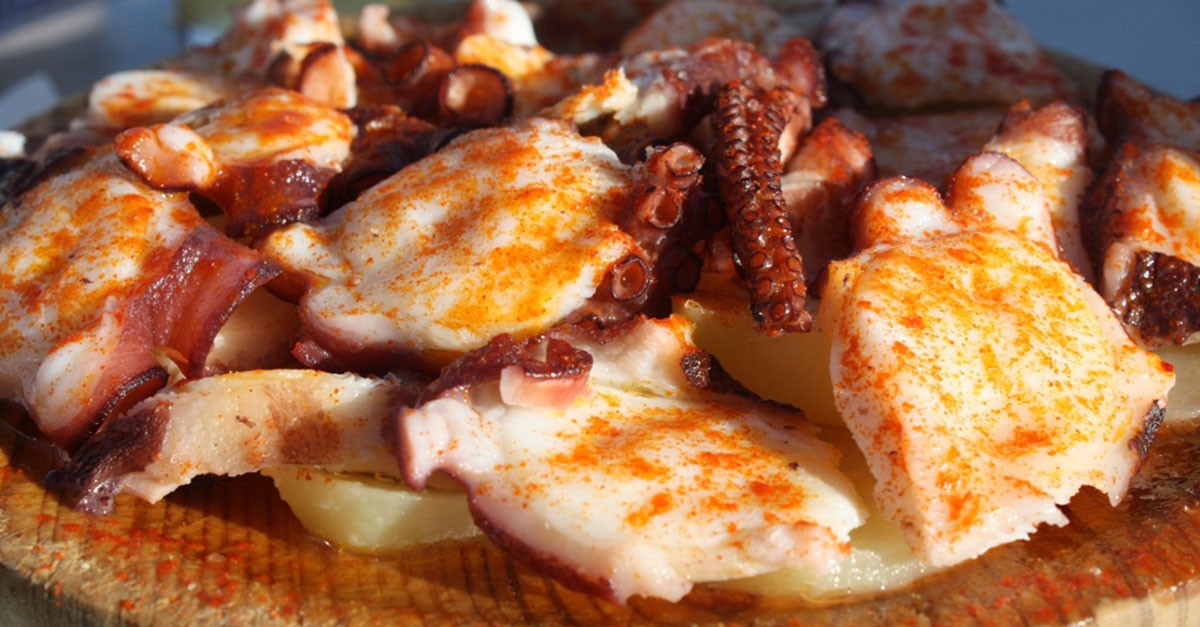
While octopus may not be top of your list of favourite foods, it appears as a delicacy on many menus in northern Spain. Also called pulpo a la gallega (Galician-style octopus), this dish is typical of Galicia, a region on the Atlantic famous for its incredible seafood. The octopus is boiled and served in thin slices, with a dash of olive oil, coarse salt and paprika. The texture is soft and sumptuous, not at all what you’d expect, and the flavour is strong but delicate. It is often accompanied by boiled potatoes.
7. Croquetas
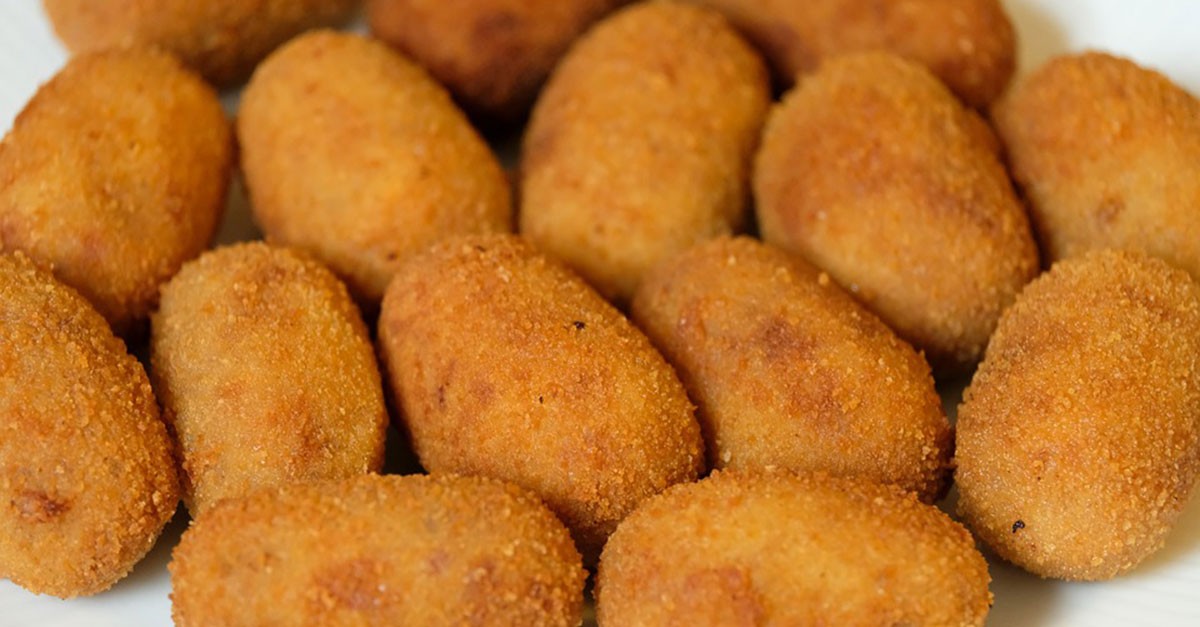
One of the most versatile dishes in Spain, croquettes can be made that contain almost any ingredient, although Spanish ham, mushroom and cod are the three most common types. It is basically a kind of thick bechamel sauce mixed with onion and the preferred ingredient, which is kneaded into small balls, battered with breadcrumbs and fried. It is great as a tapa to share, and we encourage you to try all the flavours you can find.
8. Migas
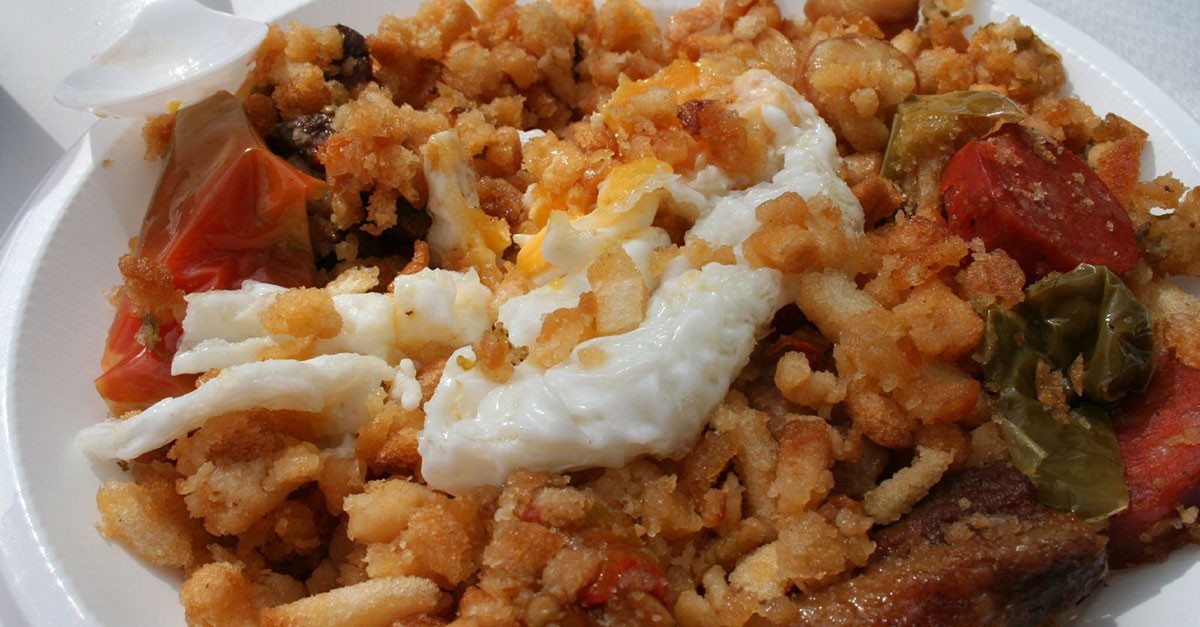
This dish of humble origin is a great example of making the most of leftover food, since its main ingredient is stale bread. This bread is crumbled up and cooked with different ingredients like meat, sausages or vegetables. The word ‘migas’ really just means bredcrumbs! Traditionally, it was eaten by poor farmers as breakfast because of its high energy content, although nowadays it is served as lunch. The most famous versions are the one from Extremadura, migas extremeñas, and from Castile-La Mancha, migas manchegas, although they are made almost all over the country.
9. Calçots
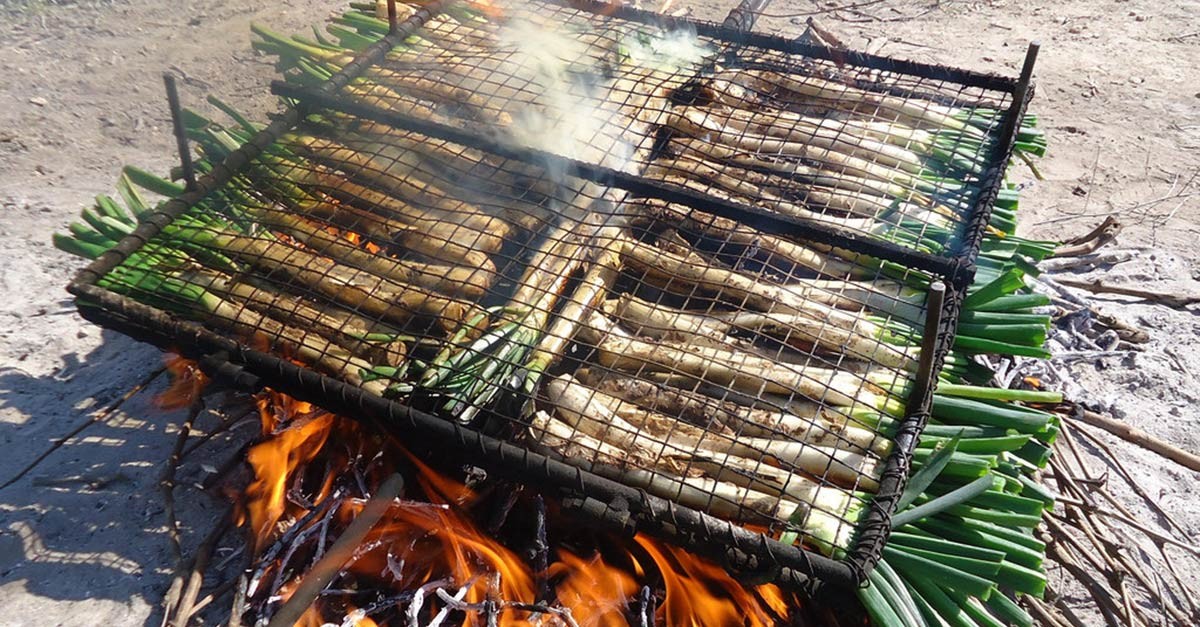
To try this dish, you'll have to be in Catalonia between January and March, which is the season when its main ingredient, calçot, a type of leek-like onion, ripens. The calçot is cooked on the grill, peeled and consumed standing up. You can also dip it in romesco sauce, a sauce made with nuts and nyora peppers. This dish is typical of Cataluña and is consumed at parties, festivals and other special occasions.
10. Papas arrugadas
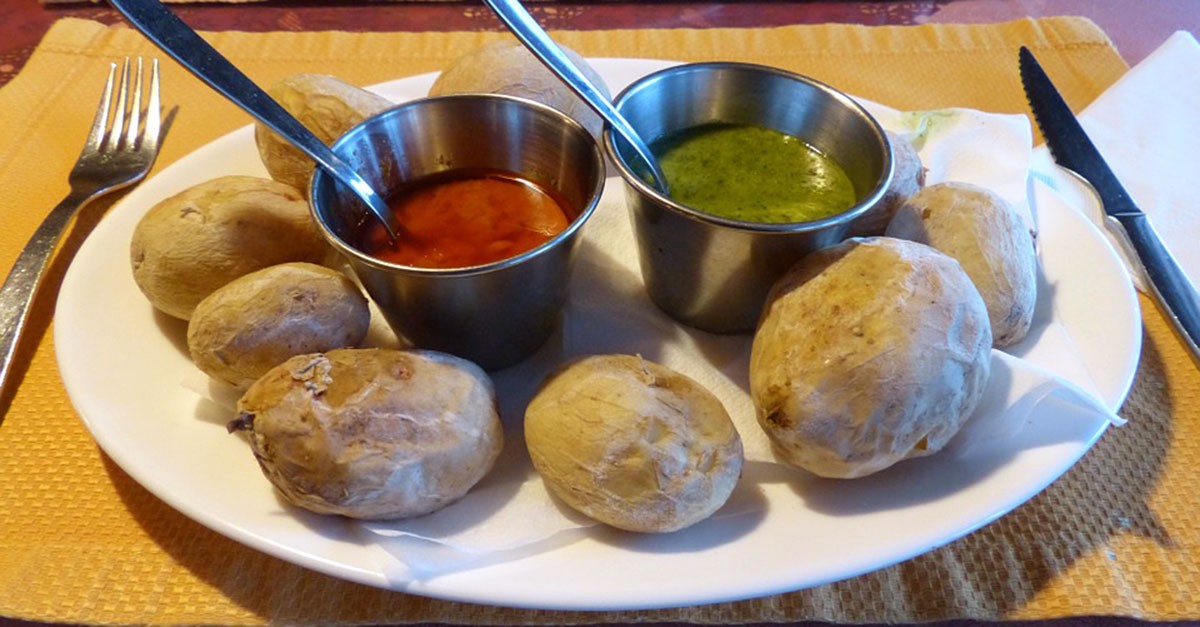
The cuisine of the Canary Islands has unique characteristics that differentiate it from mainland Spanish cooking. The star dish is the so-called “wrinkled potatoes” with spicy mojo picón sauce. It consists of boiled new potatoes, from a variety only found on the islands, with plenty of salt so that once cooked there is a saline crust on their skin which is served with a spicy and reddish sauce made of pepper, the mojo. For a less spicy variant, order them with green mojo, made with herbs.